Incubating future movements in travel and culture
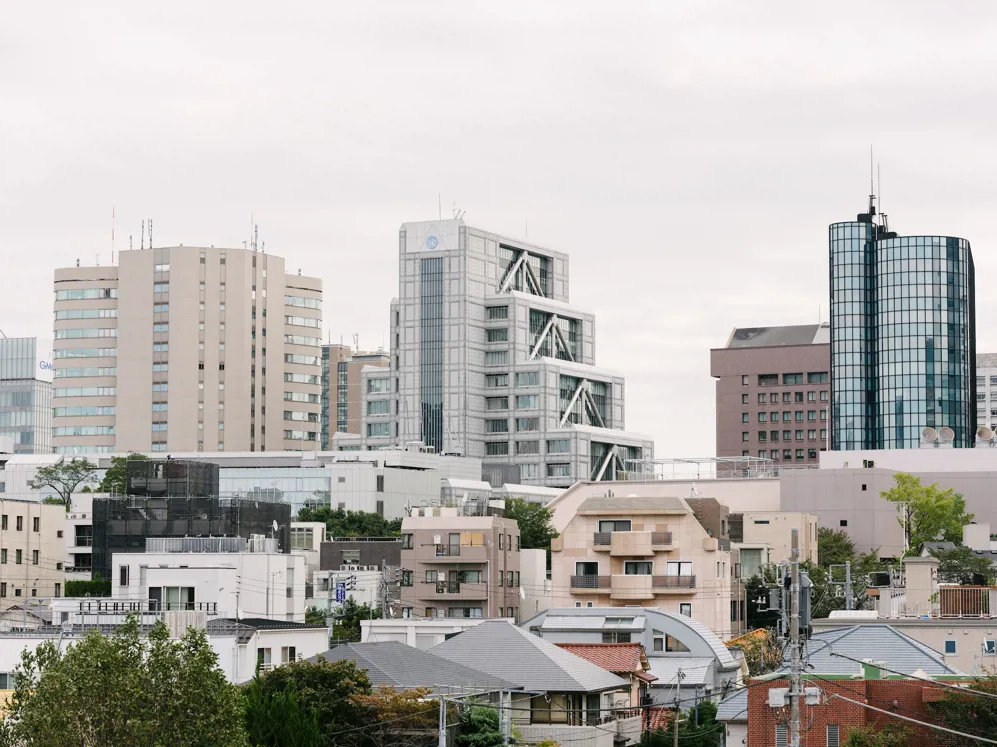
Words Frankie WechslerImages Sean Marc Lee
By 2050, the earth’s population will reach 10 billion people. As mega-cities rise and technology transforms the urban landscape, how can we learn to build cities that make us healthier and happier while providing for a more sustainable future? This was the question at the heart of Further Tokyo: Urban Futures, which brought a group of architects, hoteliers and other place-makers to Tokyo, that iconic Japanese megacity that’s rebuilt itself multiple times, to explore new ideas around urbanism, the future of cohabitation, quality of life, and ambitious, large-scale design in the run-up to the 2020 Summer Olympics.
The effect digital connectivity has on the urban environment was a major theme of Further Tokyo, which took place at Trunk Hotel, the city’s first independent boutique hotel and a mold-breaking hub of the fashion-forward Shibuya ward.
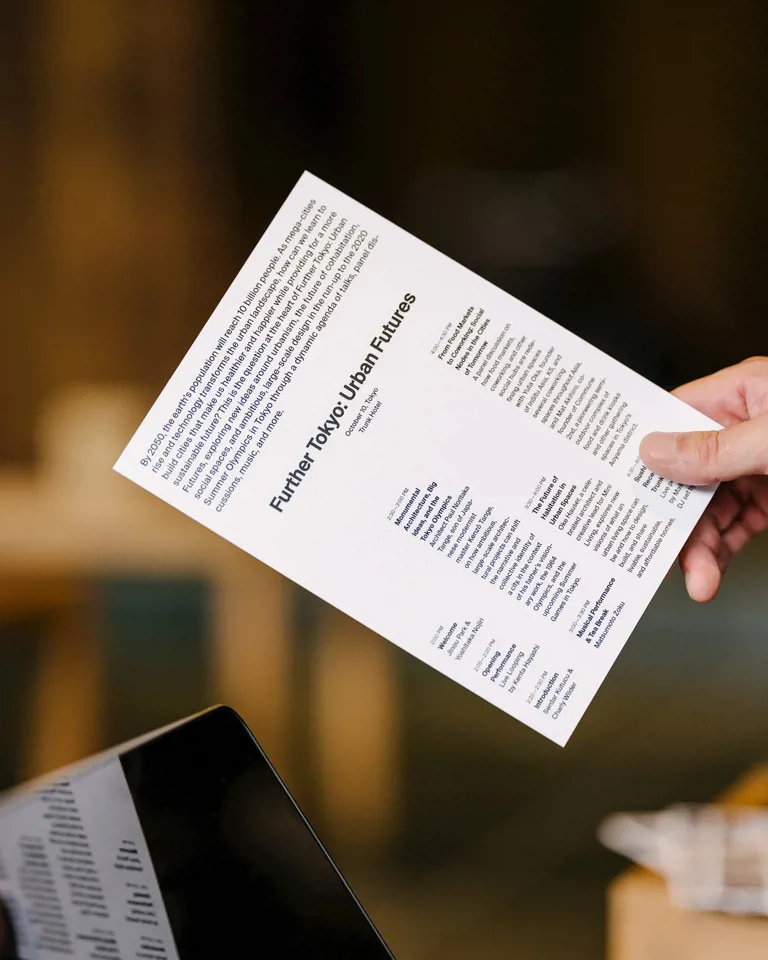
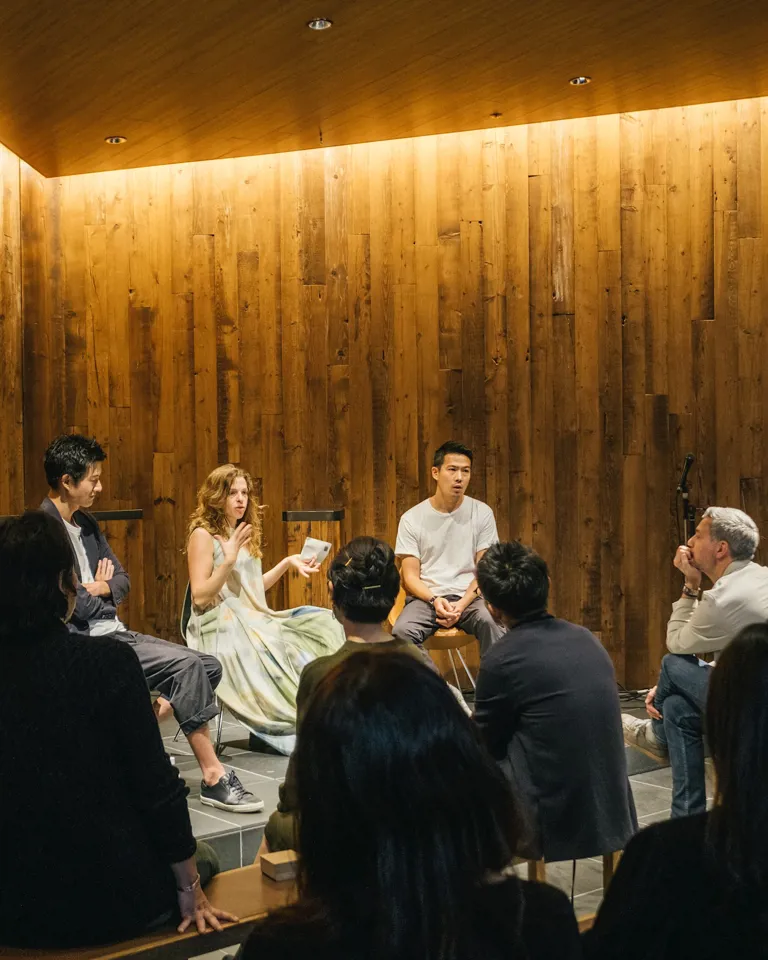
“Enabling people to have freedom to work from anywhere has literally changed everything,” said Further resident Yuta Oka, the Tokyo-bred founder of InSitu, a company that creates next-generation hotels, co-working and co-living spaces across Asia. InSitu is part of a new wave of projects responding to the major technological, demographic, and social shifts taking place in Japanese society.
“In the past, people would live in a single house, commute, go to a single office,” Yuta said. “But nowadays with technology, you can work from home, you can go to your favorite café or your favorite hotel lounge to work, and just show up at the office for five minutes and then go elsewhere. I think due to that change in how people are living, cities, hotels and shops are developing and changing quite drastically.” He also highlighted creative-minded local adaptive reuse projects like Nui, a hostel in a renovated warehouse that has helped to revitalize the industrial neighborhood of Kuramae in a part of eastern Tokyo that had been all but abandoned.
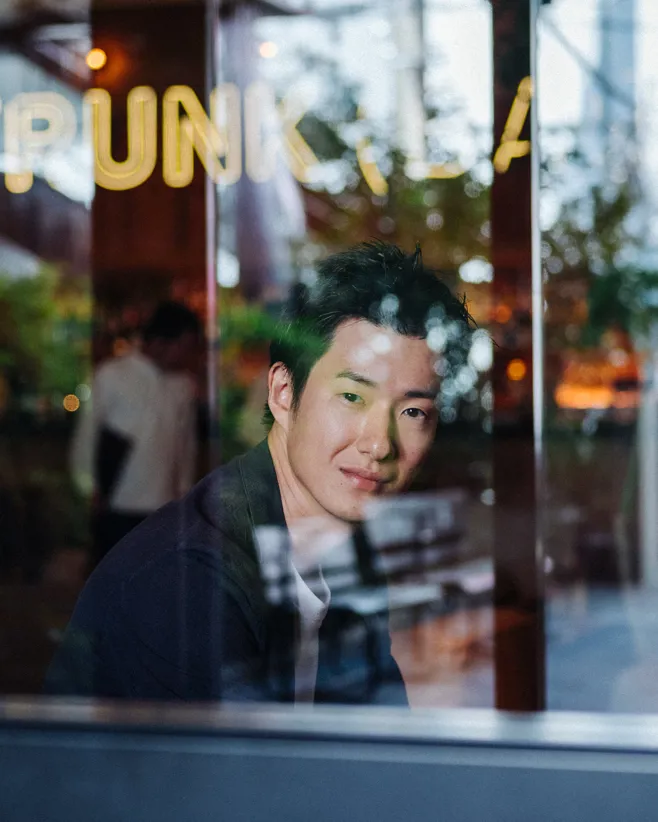
“When I was a kid, I remember we had more of a neighborhood vibe in the city,” said Further resident Akihiro Matsui, also a Tokyo native and the cofounder of Mediasurf, the creative consultancy behind Japan’s largest farmers market and Commune 2nd, a pioneering semi-outdoor complex of food and drink kiosks and other gathering spaces in Tokyo’s Aoyama district. “You knew who's living next door and what they're doing, how many people live in that house, and that type of things.” Over time this feeling went away, said Akihiro. “Even though 13 million people live in Tokyo, people— especially the younger generation—are more isolated.” Farmers Market and Commune 2nd are attempts to bring back this feeling of community, as well as to reinvigorate “dead zones” of the city.
“All these projects that we’ve been doing in Japan are more an experiment on how to revitalize Tokyo,” said Akihiro. “What we’re trying to do is see what's going to happen if we do this in this part of town—how does that change people's lifestyle? How does that change people's movements. How can it increase the creative life?
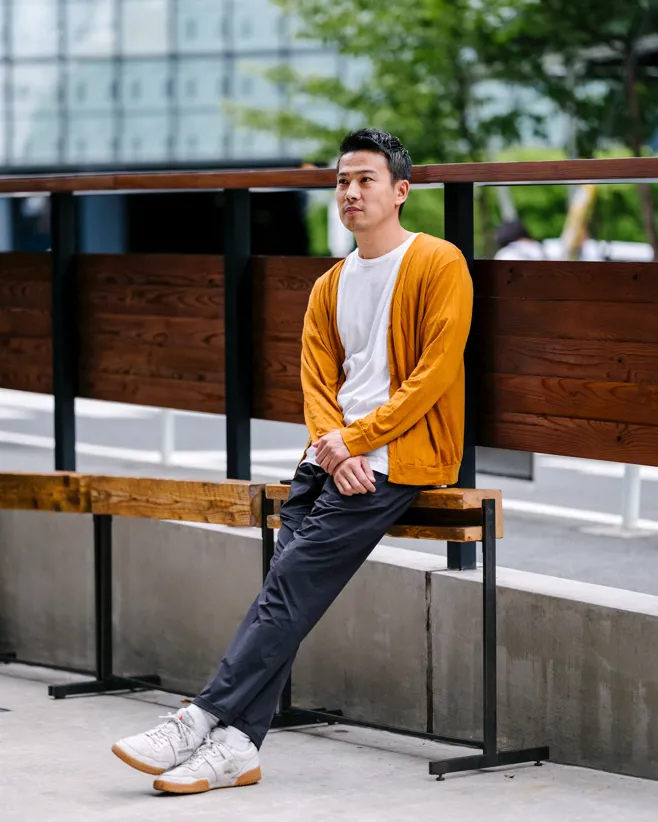
“Further Tokyo musical residents included Reo Matsumoto, a percussionist, electronic musician and human beatmaker, Kenta Hayashi, a self-styled “loop pedal ninja” and guitarist who layers vocals, guitar, effects and percussion into unique psychedelic soundscapes that resonate with the natural frequency of water in our bodies, as well as French-Japanese electro-pop musician Maika Loubté, and Ground, an Osaka-based DJ known for his creative use of world music samples and field recordings.
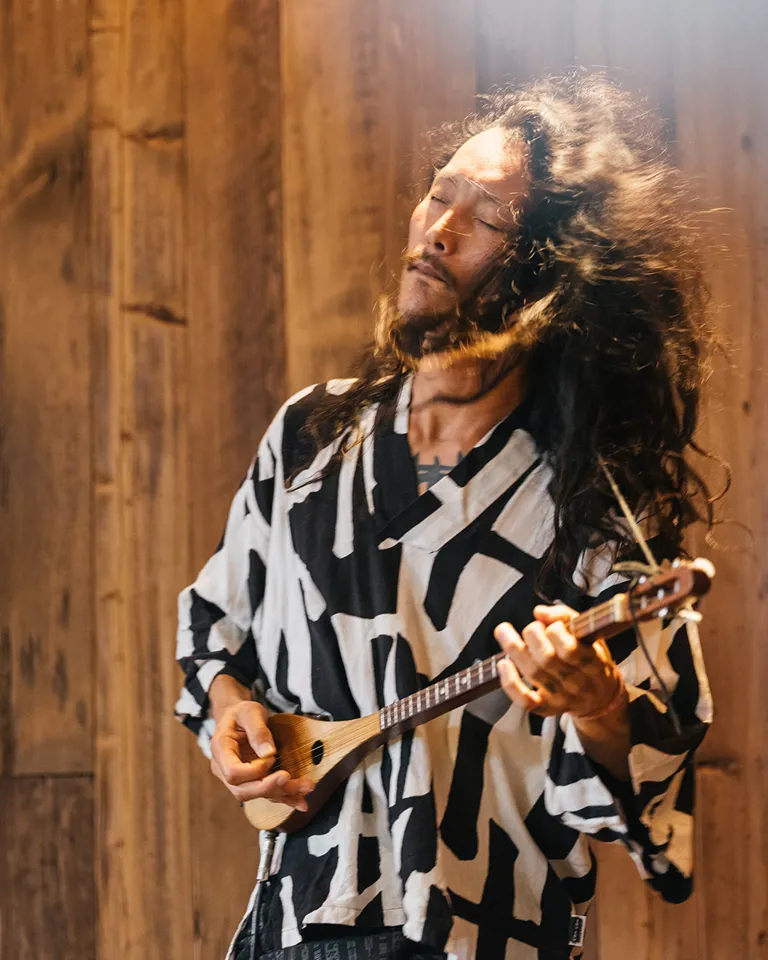
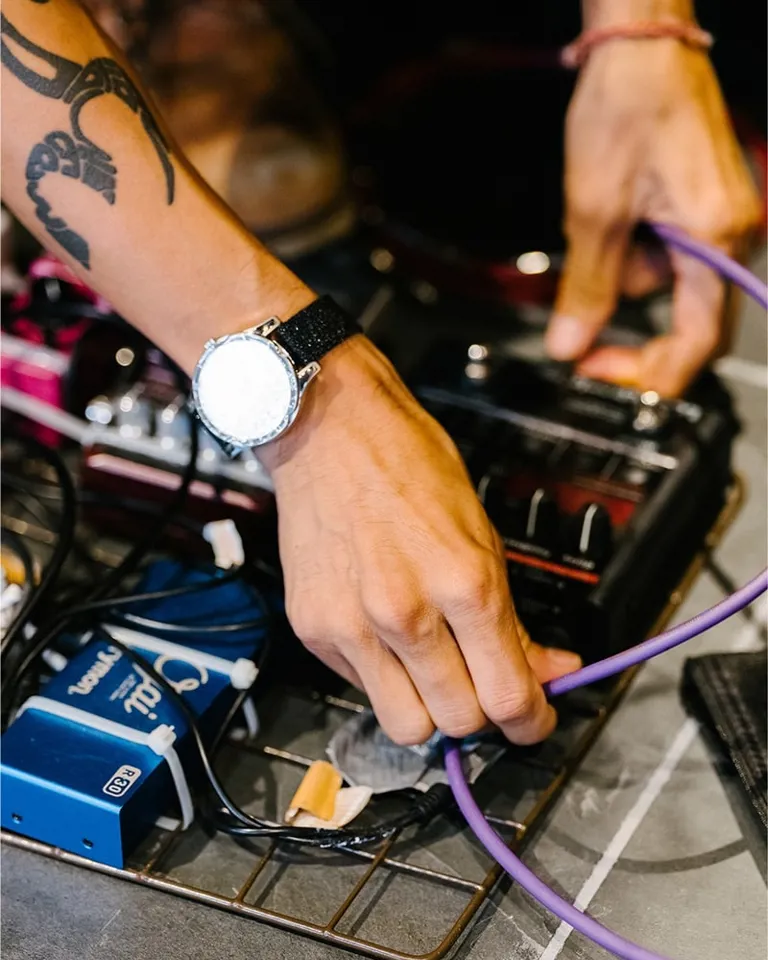
This resurgence of localism was also a topic for Further redisent Paul Noritaka Tange, son of Japanese modernist master Kenzō Tange and prolific architect in his own right, who's made a tremendous impact on urban development in Japan, Singapore and beyond.
“For my generation, everything foreign was good, and everything Japanese was negated,” he said. “But now I think people are more appreciative of Japanese traditional elements… I'm a little bit concerned that every city in the world is losing its own identity. That's why I think urbanism and monumental architecture can play a very important role.”
Paul Tange began his career at his father’s architectural firm, later taking over leadership of the company in order to continue and further the legacy of his father, one of the most significant architects of the 20th century. Among Paul’s major projects is the Aquatics Center for the Tokyo Olympics & Paralympics 2020, which at the time of Further Tokyo was still under construction, rising up beside the Tatsumi-no-Mori Seaside Park, on an island on the west side of Tokyo. Although Tange said the conservatism and draconian bureaucracy of the Japanese government imposed certain unwelcome limitations on the project, he managed to create an impressive modern structure that, with its slanted walls and inverted roof, references the engawa verandas of traditional Japanese architecture.
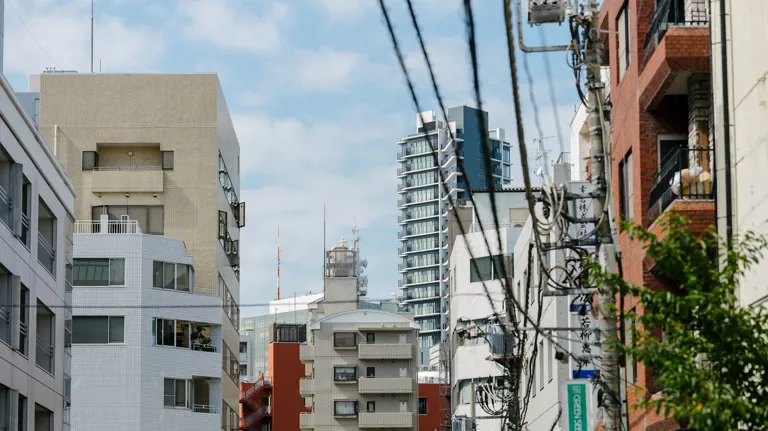
"Whenever we go to different countries..., we try to understand the culture, traditions, and history—not only of the country but of the city and of that particular site," said Tange. "Because the architecture has to be appreciated by the people there,
"But there may be no topic more crucial for the life of cities than how people actually live in them, and as cities grow bigger and bigger at a time of climate anxiety, new models are needed.
“There’s a big shift going on towards sharing economies, but what does this mean for architecture? How can we translate this into design?” asked architect and Further resident Oke Hauser. Hauser is the creative lead of Mini Living, an initiative of BMW started in 2016 that aims to translating the company’s original design ethos of "creative use of space" into co-living quarters. Their projects to date include micro city retreats with communal access, modular living units, a building with a semi-transparent, flexible, self-cleaning skin that filters the air, and a fully operational live-work-play space in Shanghai.
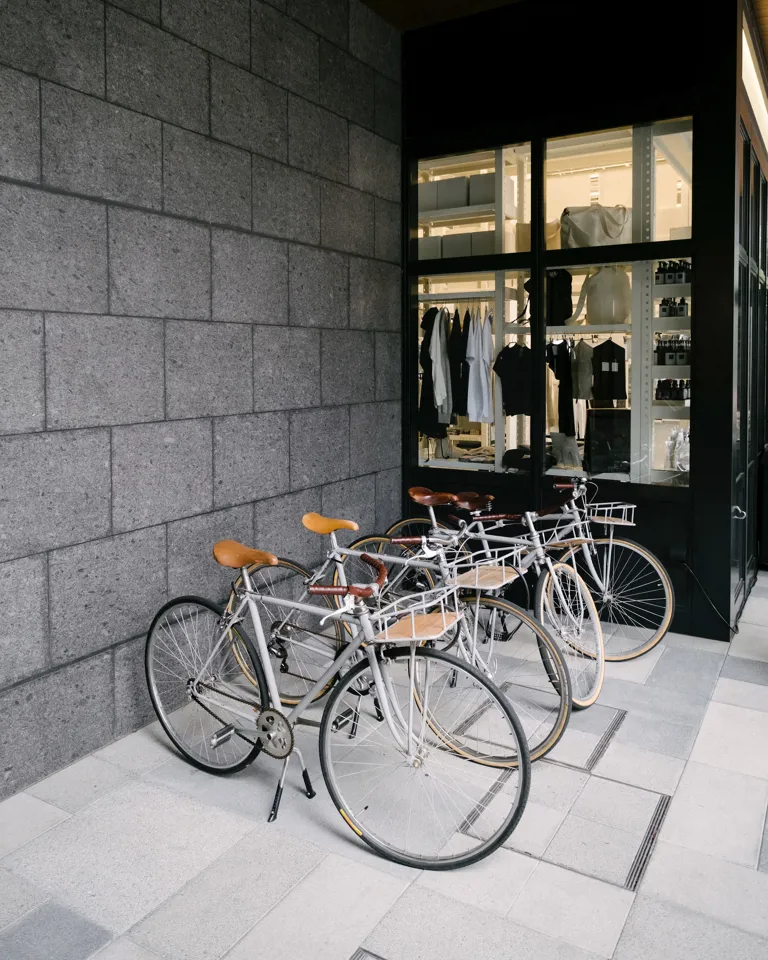
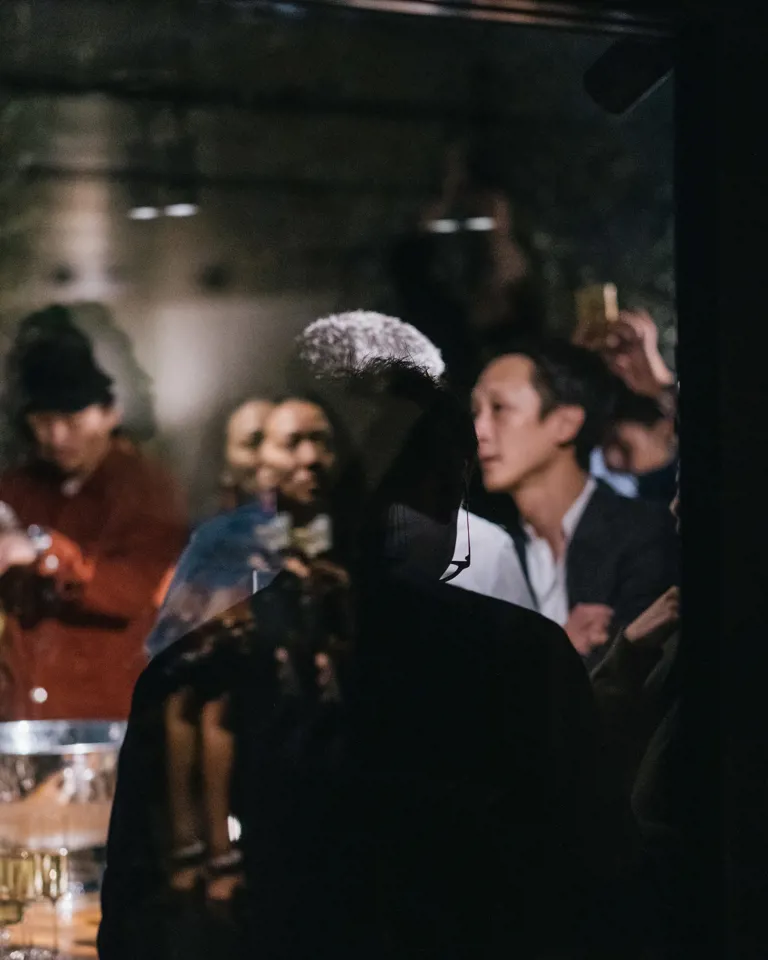
“It’s about how can we create ways to get the most out of space,” said Hauser, who thinks these pilot projects can serve as models for a new era of sustainable urban living. One of their key goals, he said, was creating opportunities for people to meet and socialize—a message that was well received in a country where people speak of a “loneliness epidemic,” and where there’s even a word for “lonely death” (kodokushi – 孤独死).
“We’re not necessarily aiming for people who feel lonely,” said Hauser. “But we want to give people the opportunity to enrich their lives through interacting with others. Cities should be about living with strangers, in a way—that’s what makes them fascinating—but we end up in our own spheres. We want to create living spaces that bring together interesting mixes of people. We want to encourage people to step out of our comfort zones and find inspiration in the city around them.”
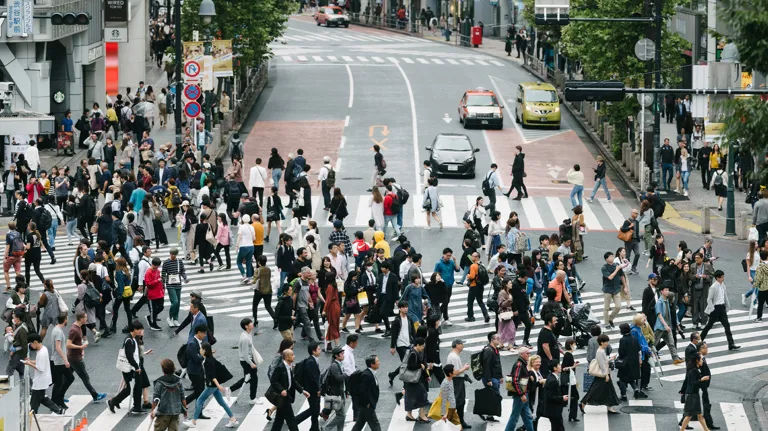
Urban Futures
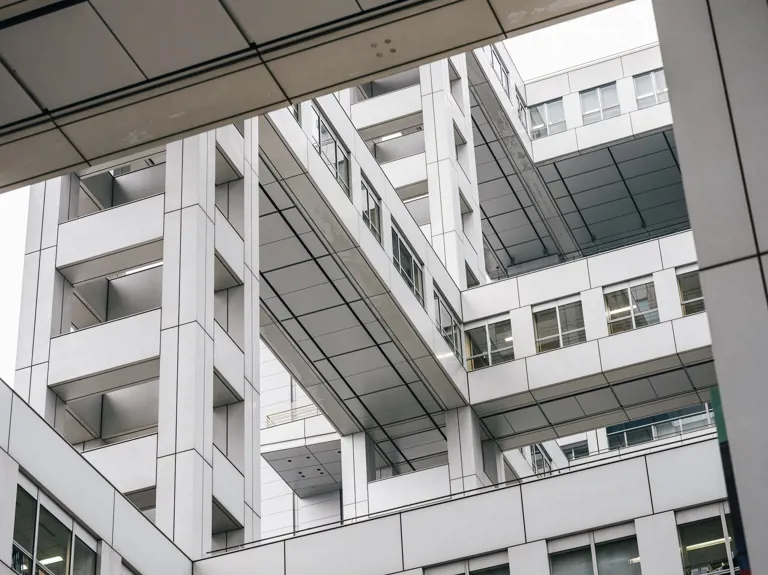
Prolific Japanese architect Paul Noritaka Tange is helping to transform the built landscape of Asia, carrying on the work of his father, Kenzō Tange, one of the most significant architects of the 20th century.
Further Tokyo
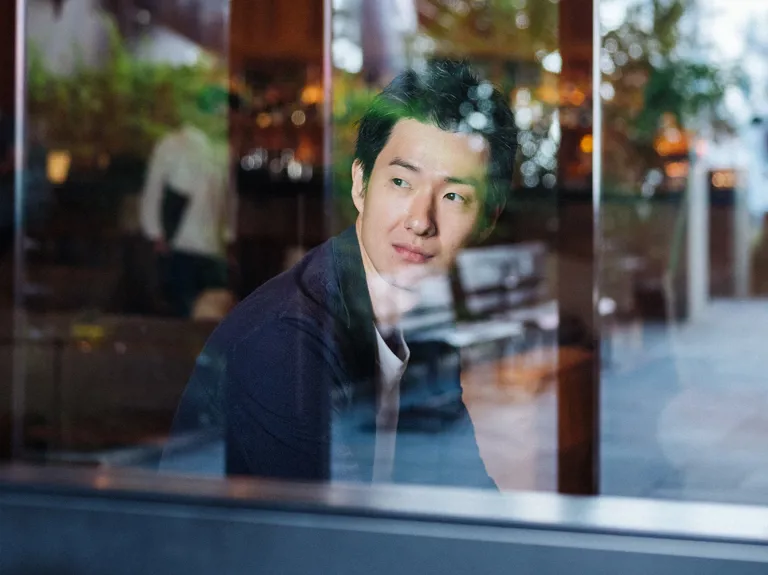
A nomadic approach to life and work is taking root in Japan. With his company InSitu, Yuta Oka is helping pioneer hotels, co-working, and co-living spaces that speak to a new hyper-mobile generation.
Further Tokyo
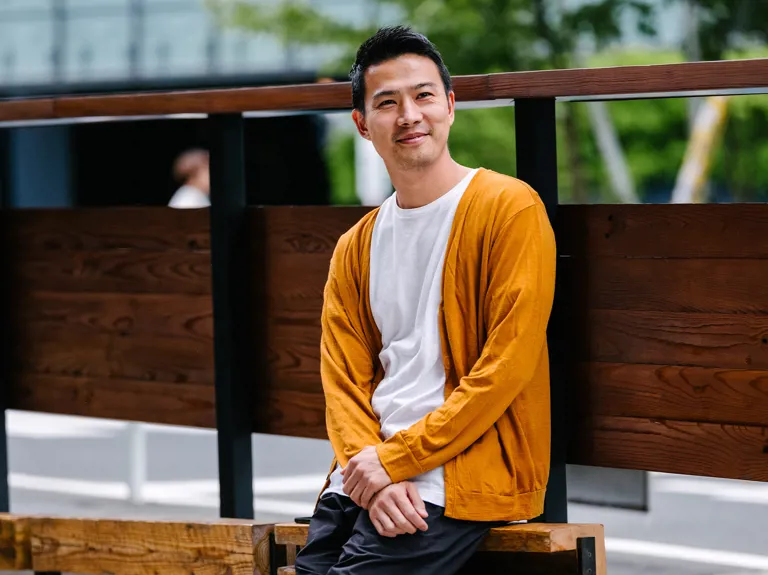
How do you increase quality of life within a neighborhood, a district, an entire city? Akihiro Matsui is on a quest to find out.